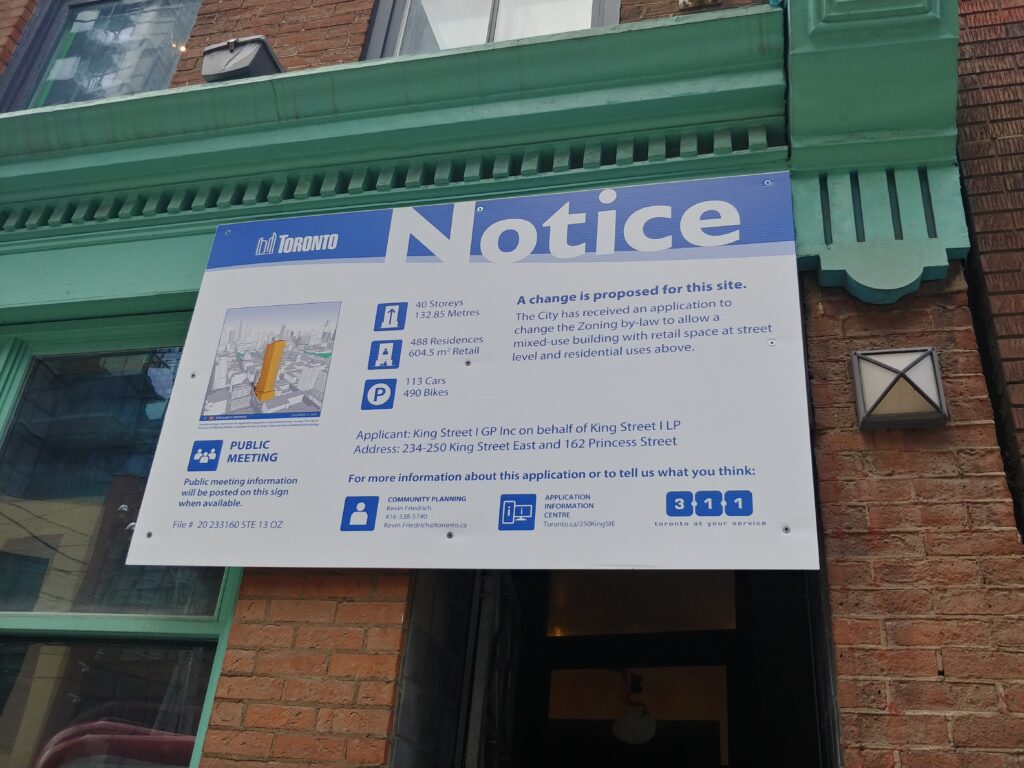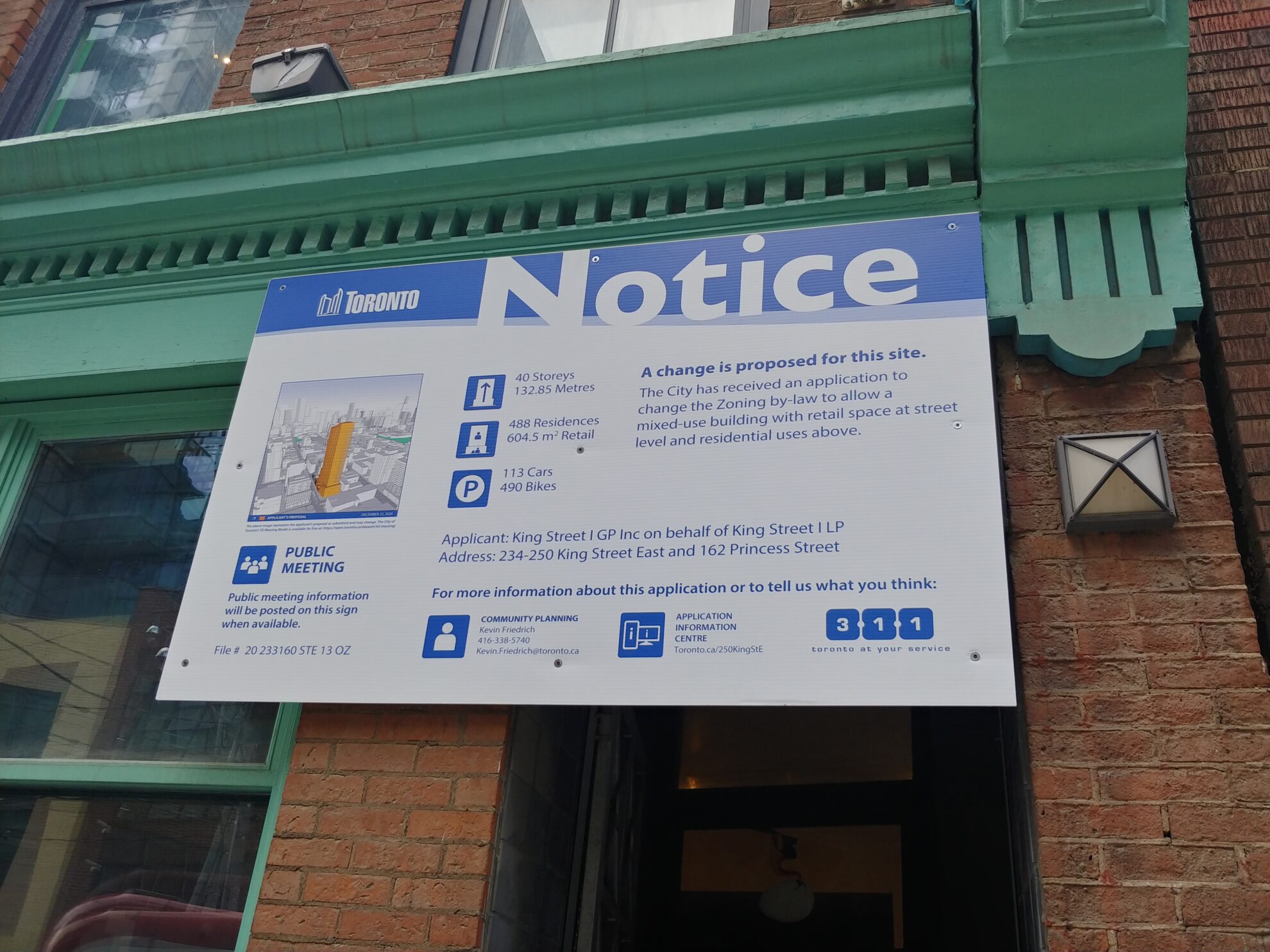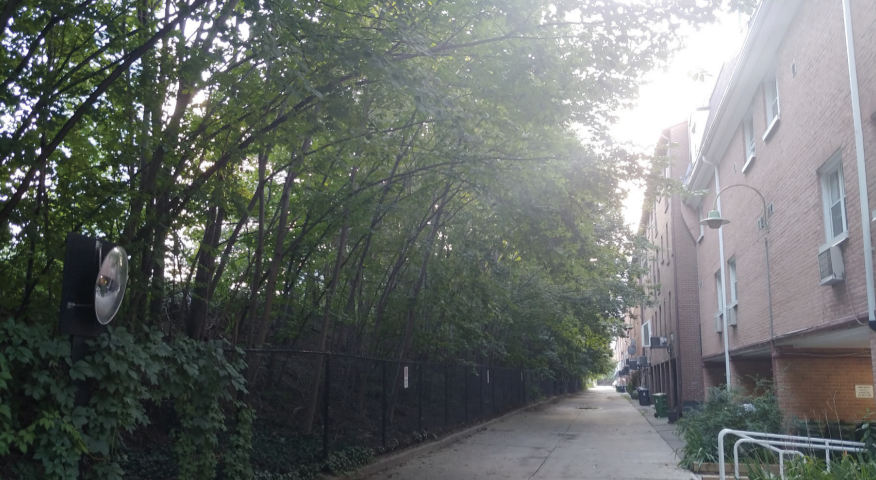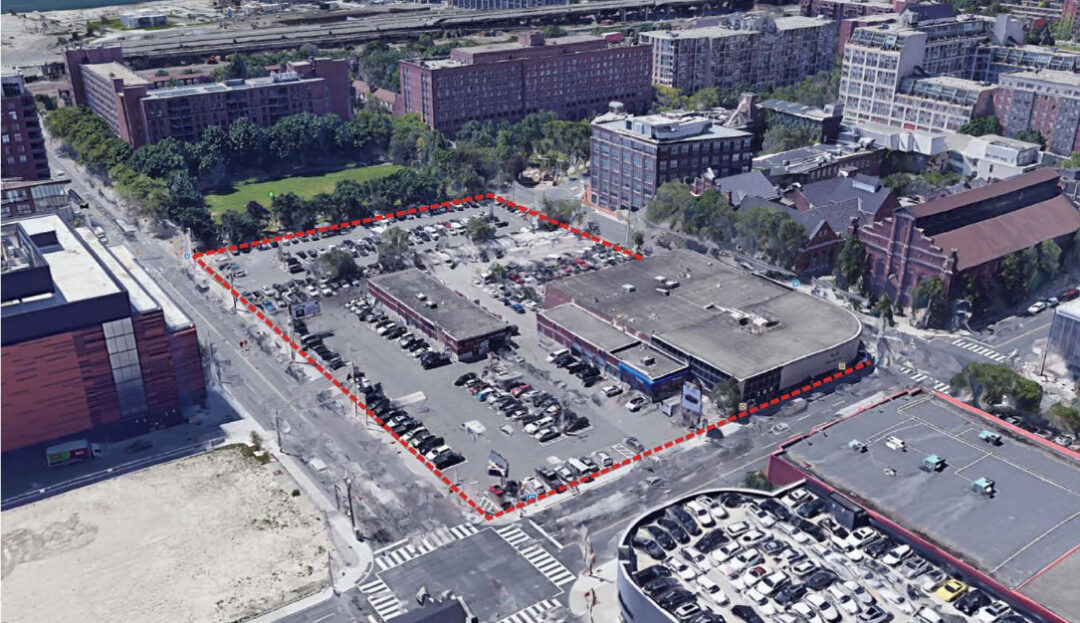Ben Bull, Columnist

They’re coming. The hungry condos have gobbled up almost every inch of our city – and still they are craving more. The hungry condos’ cranes are clunking, their backhoes are clanking, their caterpillars are crawling…
There’s nowhere left to run. As the earth moves all around us, we can at least, look up and see the sky, but hold on – what’s this? The air is getting thinner.
The recent cancellation of Rail Deck Park showed us just how hungry these condos are.
“The 21-acre green space known as the Rail Deck Park would have blanketed the Union Station rail corridor between Bathurst Street and Blue Jays Way,” BlogTO noted on May 12. The project “was touted as Toronto’s Central Park.”
Look out! Even our air isn’t safe! Apparently, the railway air belongs to developers who are going to fill it with – you’ve guessed it – condos.
Ward 10 Councillor Joe Cressy lamented the loss of park space in a tweet: ‘It’s a hugely disappointing decision for the future of our city and the vibrancy and livability of downtown … the experience of COVID has affi rmed the critical importance of parks and public spaces. Our work to expand them must continue.’
Where will the hungry condos go next? The waterfront is nearly devoured. There’s one last nugget in the east end: Parliament Slip. But Waterfront Toronto wants to get its teeth into that.
“Parliament Slip has the potential to become a world-class public destination for swimming,
kayaking, boating, entertainment and dining,” says a March 2021 Waterfront Toronto backgrounder. “Amenities could include new mooring stations, public event spaces, retail and expanded waterfront walkways.”
This sounds like a laudable plan, but for some reason it includes – more condos.
There’s good reason to be skeptical of any Waterfront Toronto plan. The corporation’s mandate is to, “transform our city’s waterfront by creating extraordinary new places to live, work, learn and play.” New housing is an integral part of this. But there’s no place for housing at the water’s edge.
You don’t have to read Waterfront Toronto’s plans to see how well it’s doing – you just have to take a walk.
Head along the lake east of Yonge Street for a couple of kilometres, and you’ll find a few gaps between the towers. Sugar Beach and Sherbourne Common provide a welcome oasis from the concrete streetscape. But other than this and a bit of boardwalk, there’s nowhere else to play.
The inland block bordered by Yonge, the Don Valley, Dundas and Front, features Moss Park, Corktown Common and a few parkettes. There’s barely room to spread a picnic blanket.
Contrast this with the west end. Walk two clicks west of Yonge by the lake and you’ll find Harbour Square Park, Harbourfront Centre, Ontario Square, Ann Tindale Park, Simcoe WaveDeck, HT0 Park, the Music Garden, Ireland Park, Little Norway Park, Stadium Road Park and Coronation Park. Even better – the Waterfront Trail actually runs along the water.
If you keep heading west and move inland, there’s even more room to roam. High Park is 161 hectares; the Humber Trail is 5 miles long.
There is some pushback against unfettered development in the east end. A new bylaw amendment proposed by the Toronto and East York Community Council is recommending
that developers limit new condos to 30 metres in height or 10 residential storeys. The motion, now pending City Council approval, has been criticized for conflicting with transit expansion plans. But – does more transit have to mean more condos?
We all understand the need for more housing, but that doesn’t mean we have to keep reaching for the skies. Low-rise condos work well all over the world. And more housing should not come at the expense of much-needed parkland.
If the hungry condos are allowed to gobble up every inch of our city, one thing will be certain: There’ll be nowhere left to run.




